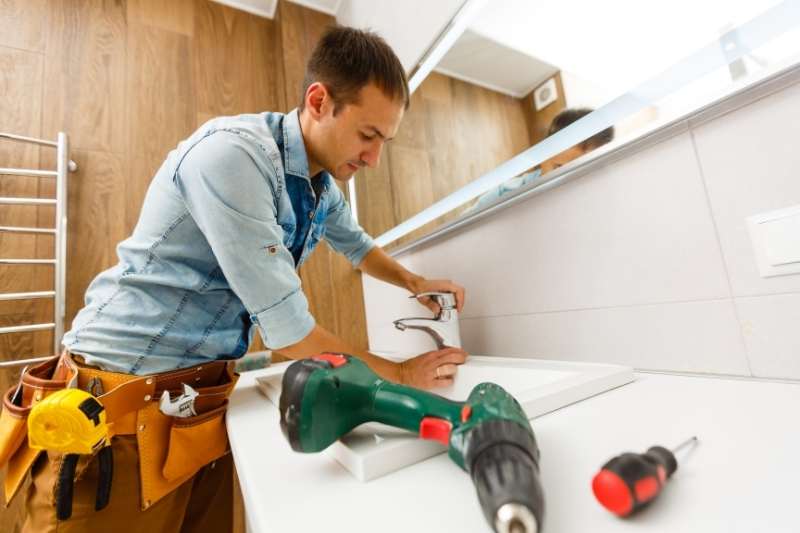
Cornerstone Estate Management is a leading provider of estate management services. This company offers concierge, home maintenance, as well project management. They boast a small, dedicated staff that is committed to providing the best possible service. They will assist with any aspect of your property. A dedicated team can be a great idea if your goal is to buy, sell or lease a property.
Cornerstone Management is based in Rochester Minnesota. Cornerstone Management has been in operation for more than 40 years and offers a variety of residential and commercial property management services. Cornerstone offers services beyond the traditional suspects. These include multi-family, association, and residential property management. It is a trusted partner to the discerning investor. It is clear why it is such a preferred choice for investors within the Twin Cities.
Cornerstone is a vital part of Rochester's community because of many reasons. From in-house construction and restoration to expert residential rental and sale representation, Cornerstone is committed to serving its clients with the best of the best. Over the years, Cornerstone has been honored with many awards. They were voted best realtor in Rochester and a top contender by industry professionals for top property manager. On a personal note, I've always been impressed by the professionalism of the staff. The office can be reached by phone at any time, and the staff is friendly and knowledgeable.
It doesn't matter if you are looking to sell or buy, it is smart to do your research before choosing a real estate agent. If you do your homework and research the pros and disadvantages of each agency, your chances of finding the perfect home will increase. Your needs and goals will ultimately guide your decision. There are so many choices. How do you decide which one to choose? For more information about this reputable firm, visit its website or give them a call. You will receive a personalized quote during your consultation. Cornerstone Estate Management won't pressure you into signing any contract without showing you a home. It is important to understand that you are making a significant investment.

FAQ
Which is more difficult: being a contractor or a handyman.
A handyman does not require as much resources as contracting. You only need to have your tools. It is important that you are able to manage your workload and work schedule. Contractors often rely heavily on subcontractors.
What are the most frequent handyman repairs that you need to make?
Handymen can repair damaged roofs or windows, doors and gutters. When it comes to building or home improvement projects that cannot be performed by DIY homeowners, handymen can help with carpentry, plumbing, painting, drywall installation, landscaping, concrete work, fence construction, decking, tiling, and more.
How long does it take to become a handyman?
Expert handyman takes years of hard work. It is usually a hobby that starts out helping your family, but it eventually becomes a full-time occupation.
As you move along, you'll learn all the skills necessary.
Is it worth paying a handyman an hourly rate or per-project basis.
Personal preference is the most important factor. Some people prefer paying by the hour to know exactly how much their handyman charges. Some prefer to pay each project individually, especially if they are working on multiple jobs simultaneously. It doesn't matter which way you go, it works great.
Statistics
- A franchise was approximately $110,000 with a franchise fee of $14,900, according to a spokesperson for a national handyman franchise. (en.wikipedia.org)
- More than 20% of homes in America have outdoor living spaces, including decks and patios. (mrhandyman.com)
- According to the U.S. Bureau of Labor Statistics, in May 2020, there are 1,357,630 handymen employed in the U.S.. (angi.com)
- With a strong housing market, the handyman and general maintenance worker industry are expected to grow by nearly 10% in the next decade. (housecallpro.com)
- An estimate was that in 2003, the market for home maintenance and repair spending was up 14% 2001 to 2003. (en.wikipedia.org)
External Links
How To
How to replace a broken tile
Step 1 - Remove the old tiles.
Removing the tiles from your flooring is a good idea. These tiles will be useful later on, so you'll need to keep them intact. To avoid any problems with replacements, take note of the pieces that have been damaged or lost.
Step 2 – Choose New Tiles
Take a look at some different options available for tile replacement.
-
Locate a replacement tile that is the same as the one you just removed.
-
To match a tile, you can use the measurements you took after removing it. This will make it easy to get the correct size without having again to measure.
-
Consider looking for colors, patterns, textures and sizes in a variety of shapes and colors.
-
Consider what grout you'd like to use (if any). Some people like a consistent color while others prefer mixing it.
-
It is important to ensure that the tile you choose resists moisture.
-
Make sure you consider where your tile will be placed. It can help you save money and time.
-
Once you've decided on your tile, you can order it online or by calling your local Lowe's to place your purchase.
Step 3 - Place the tiles.
You can install new tiles in the same way you did before. Make sure they are aligned correctly so that they fit together perfectly.
Step 4 - Clean up
Clean up any debris on the floor before you apply the last layer of protective material.
This will prevent dirt or dust from collecting between the tiles and causing mold.
Step 5 – Sand down the floor
After you have cleaned everything, sand the floor to remove any particles that were left from the previous step.
Step 6 - Close the door
Once the floor is smooth, apply the protective coatings. It's important to wait until this point because wet paint can stain the surface of the new tiles.
Remember, you can always use a product called "damp-and-dry" on your floors to help protect against stains.
However, it won't cover every possible problem that may occur after you've installed your new tiles. An anti-slip coating can be added to the protective layer for children who are often running around.
Last but not least, be sure to leave the protective sealing on for several weeks before you return to your home.